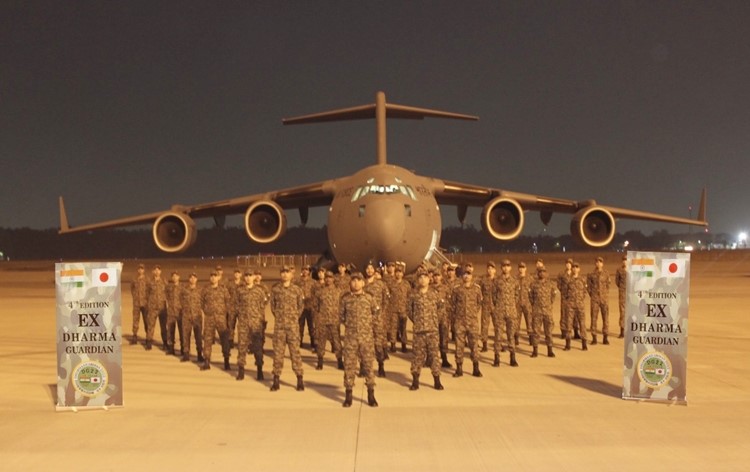Free Courses Sale ends Soon, Get It Now


Free Courses Sale ends Soon, Get It Now



Copyright infringement not intended
Context: The 4th edition of joint military exercise, “EX DHARMA GUARDIAN”, between India and Japan began at Camp Imazu in Shiga province of Japan
Details:
About Exercise Dharma Guardian:
Highlights of Indo-Japan relationship:
Political Relations:
Economic and Commercial Cooperation:
Cooperation in Skill Development:
Cooperation in Railway Sector:
Science & Technology and Cultural Cooperation:
Indian Community:
Importance of India – Japan Relations:
Challenges:
Way Forward:

© 2024 iasgyan. All right reserved